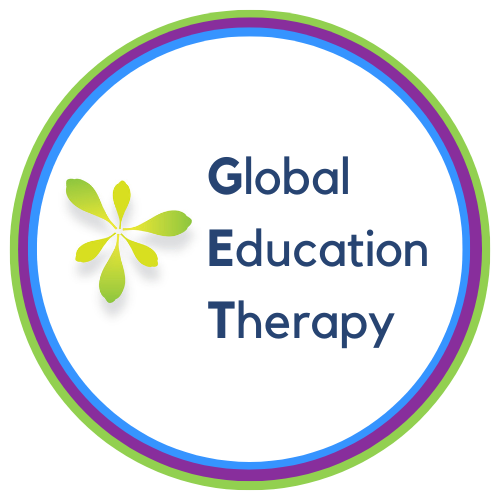5 Tips to Help Teach Your Child to Read
Global Education Therapy, formally known as Worldwide Speech, is the pioneer of online education, speech therapy, and occupational therapy. We have over 12 years of experience providing services online.
Do you have concerns about your child’s reading struggles? Are you interested in learning more about how to help teach them the fundamental skills of learning how to reading?
Before we dive deeper into what you can do to help your child with phonological awareness, we want to define a few terms:
Phonological awareness: all over awareness of being able to identify and change spoken words
Phonemic awareness: thinking about and changing sounds (phonemes) in spoken words.
Phonics” understanding letter sounds and how to use that to sound out unfamiliar words.
The development of strong phonological/phonemic awareness skills benefits all students learning to read, but even more important for struggling readers presenting with dyslexia, a language disorder, and/or developmental learning disability. Children who struggle with phonological and phonemic awareness tasks are at greater risk for reading difficulty in the future. Early intervention is key because, early on, kids are still in the “learning to read” phase. In the future, however, kids must switch from “learning to read,” to “reading to learn.” The switch to reading to learn is where reading struggles begin.
Not all hope is lost! With speech therapy and/or reading intervention, these children learn how to catch up.
What Are Common Phonological Awareness Tasks?
Breaking down words, sounding out words, rhyming, alliteration, and identifying syllables in a word. The latest phonological awareness skill to develop is phonemic awareness. Phonemic awareness is the ability to think about and work with individual sounds in spoken words.
5 Ways to Help Your Child with Reading Skills With Phonological Awareness Activities!
READ RHYMING BOOKS
Stop at the end of a line and ask your child to fill in the rhyme (e.g., brown bear, brown bear, what do you see? I see a red bird looking at ____ (pause for them to fill in the blank).
PLAY THE ALPHABET GAME!
To play this, you will look around while driving to find objects that contain each sound of the alphabet. For example, starting with A, find a sign that has an A in it (e.g., Applebees, adopt a highway sign, license plate, etc.) Continue to do this all the way through z! You can also do this activity while walking around a grocery store or going on a stroll through the park.
PRACTICE COMBINING WORDS AND SYLLABLES.
Ask your child to hold their hands above their heads. Say one half of a word (e.g., cow) and ask them to being their left hand down in front of their chest. Then ask them to say the second half of the word and bring their other hand down (e.g., boy). Lastly, have your child join their hands and say the whole word (e.g., cowboy) [1]
PLAY GUESS MY WORD.
Tell your child the sounds in a word e.g., “c-a-t” then ask them to guess the word! [1]
PHONEME REVERSAL:
Phoneme reversal is a task that requires students to break down and ID the individual sounds of a word, then reverse them! This is a great way to practice phonemic awareness. For example, “snake vs. canes,” “step vs. pets,” “spill vs. lips,” “cans vs. snacks.”
Want more practice? Check out our product Phoneme Reversal: Pair ‘em up on our Teachers Pay Teachers store! You can buy it as a parent, or you can ask your clinician to purchase it for you. Label each image for your students and encourage them to figure out which word from the right column sounds like the reverse of a word on the left.
When to seek professional help…
While the tips above serve as extra education at home, some kids need professional help. Struggles with sounding out words, rhyming words, and reversing words is the biggest predictor of reading struggles. Early intervention is more effective than waiting to see if they catch up. Many parents are told their children will catch up, but when they don’t GET help, they fall further and further behind. GET provides both speech therapy and reading intervention services. Our mission is to increase access to quality educational services nationwide!
In conclusion…
It’s our job as parents, speech therapists, and educators to equip students with solid phonological and phonemic awareness skills to accelerate learning the connection between sounds and letters!
Still have questions? You can always reach out to Global Education Therapy! Go to Global Education Therapy for our:
FREE parent handouts
FREE parent resource videos
FREE online parent support group
FREE online webinars
FREE 20 min consultation with Global Education Therapy to see if we can GET the help your child needs!
References
https://brainspring.com/ortongillinghamweekly/5-ways-practice-phonemic-awareness-home/

